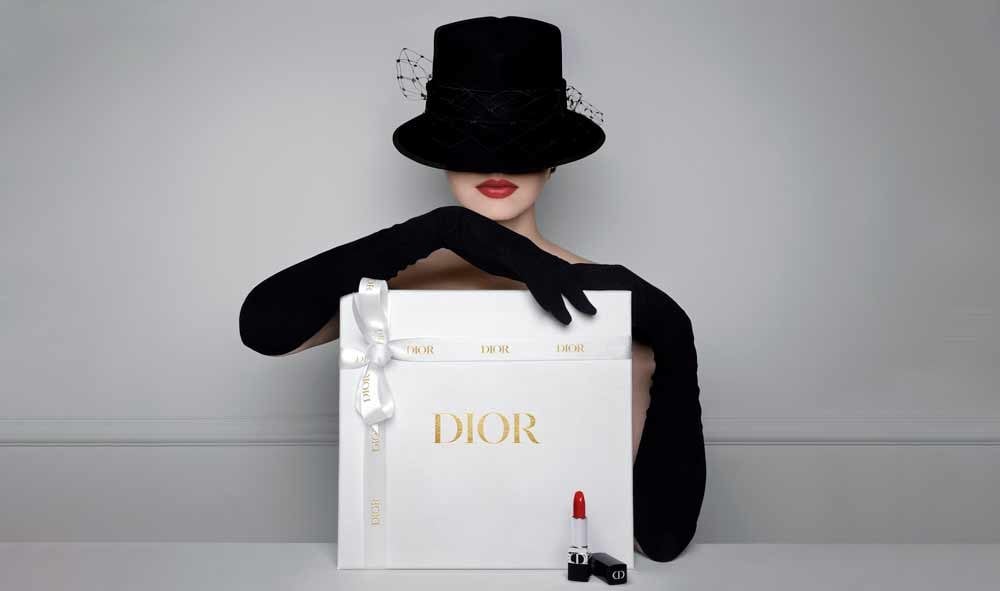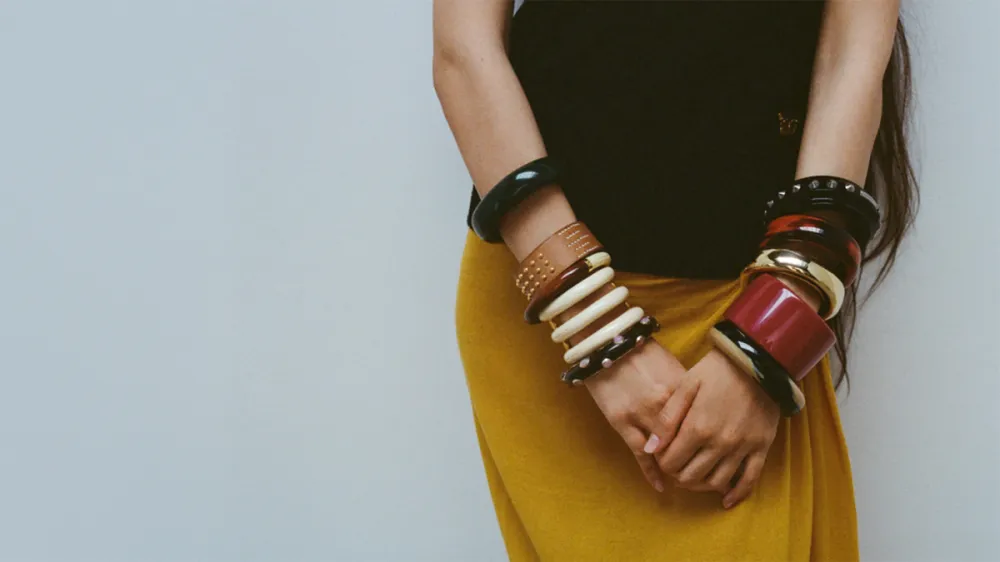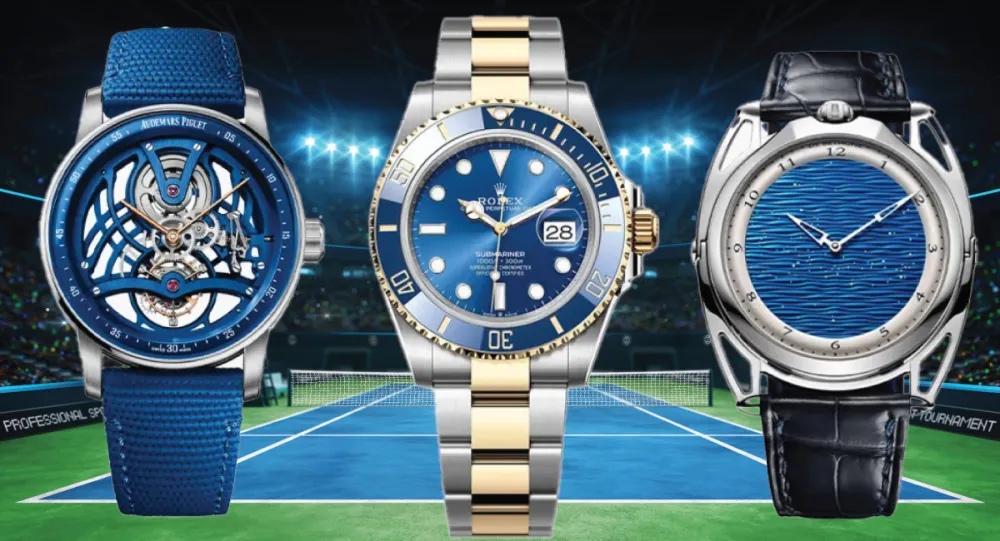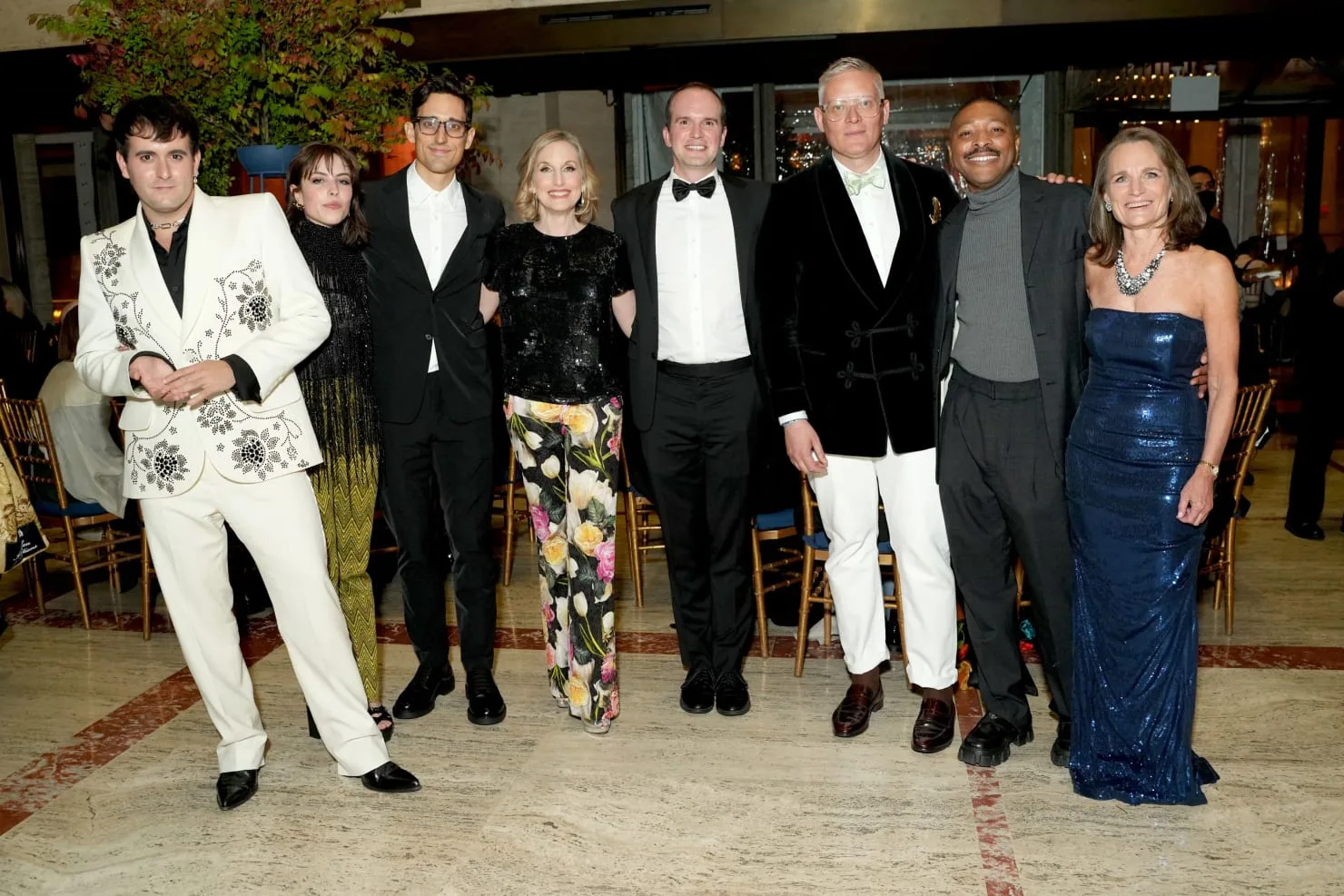When it comes to the world of high fashion, one name stands out like a beacon of creativity and elegance: Dior. From its humble beginnings to its meteoric rise as a global fashion powerhouse, Dior has shaped the industry with its innovative designs, pushing boundaries and redefining the concept of glamor.
Picture this: It’s post-World War II, and the world is yearning for change. In the midst of a societal and cultural shift, a young French designer named Christian Dior emerged with a vision that would revolutionize fashion forever. With the launch of his inaugural collection in 1947, Dior introduced the iconic “New Look,” a silhouette that would become synonymous with femininity, luxury, and a newfound sense of optimism.
But what exactly was the New Look? It was a departure from the austerity of war-era fashion, featuring cinched waists, voluminous skirts, and accentuated curves. Dior’s daring designs challenged conventional notions of beauty and empowered women to embrace their femininity with confidence. The New Look captured the collective imagination, captivating fashion enthusiasts and catapulting Dior into the international spotlight.
Beyond its sartorial impact, the New Look embodied a larger cultural shift. It symbolized a renaissance of style and a celebration of life’s pleasures after years of hardship. As women around the world embraced Dior’s designs, the fashion landscape underwent a seismic transformation, leaving an indelible mark on history.
From its inception, Dior set its sights on conquering the global fashion scene. With each passing season, the House of Dior expanded its influence, bringing its distinctive blend of elegance and innovation to fashion capitals across the globe. Dior’s success was not limited to its iconic garments; the brand also introduced new product lines, collaborated with visionary artists and designers, and established flagship stores that became havens for fashion enthusiasts.
However, Dior’s journey was not without its share of challenges. Following Christian Dior’s untimely death, the house underwent a period of reinvention under the stewardship of talented creative directors. It had to adapt to shifting trends, navigate controversies, and preserve its brand image while staying true to its heritage.
Despite the ever-evolving nature of fashion, Dior has maintained its dominance and continues to shape the industry. With each runway show and red carpet appearance, Dior showcases its unwavering commitment to craftsmanship, luxury, and artistry. The house’s influence extends far beyond its own collections, inspiring countless designers and fashion houses to push boundaries and explore new realms of creativity.
In this article, we will delve into the captivating journey of Dior, from the New Look that launched a revolution to its current position as a global fashion powerhouse. We will explore the brand’s evolution, its triumphs and trials, and its enduring legacy in the fashion industry. Join us on this captivating exploration of Dior’s path to global fashion dominance, and discover the magic that continues to captivate hearts and minds worldwide.
The Birth of Dior and the New Look
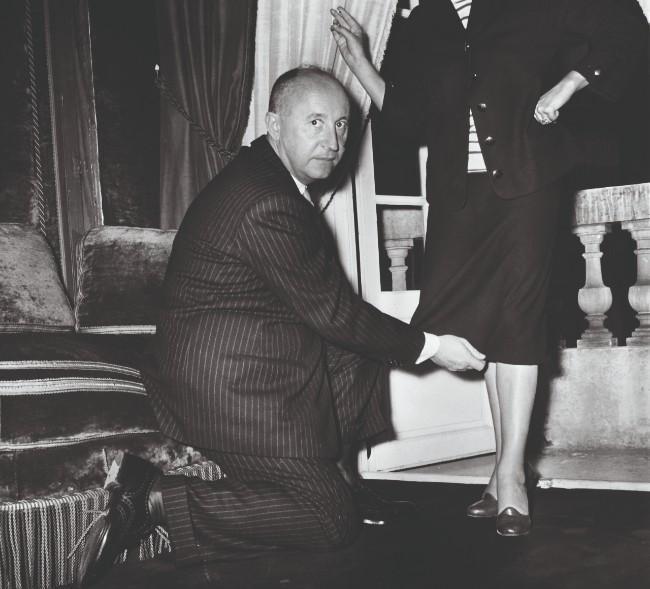
In the annals of fashion history, certain moments stand out as game-changers, forever altering the landscape of style and leaving an indelible mark on our collective consciousness. One such pivotal moment arrived with the birth of Christian Dior and the introduction of his revolutionary New Look.
Christian Dior, a visionary with an uncanny ability to understand the desires of post-war women, emerged onto the fashion scene like a comet. Born into an affluent family in Normandy, France, Dior developed a passion for art and design from an early age. His creative instincts were honed during his time as an art gallery owner and a successful fashion illustrator, where he captured the essence of femininity in his elegant sketches.
However, it was in 1947 that Dior unveiled his masterstroke, the collection that would change the face of fashion forever. The New Look was not merely a new aesthetic; it was a seismic shift in the way women dressed and perceived themselves. With its cinched waists, full skirts, and hourglass silhouettes, the New Look celebrated the curvaceous figure and exuded an air of timeless glamor.
The debut of the New Look was met with a blend of awe, fascination, and controversy. The world had just emerged from the grim realities of war, and Dior’s luxurious designs represented a departure from the utilitarian clothing that had dominated the preceding years. Some critics labeled the New Look as excessive and out of touch with the post-war mood, while others saw it as a breath of fresh air, a symbol of hope and rebirth.
Yet, regardless of the initial reactions, the New Look struck a chord with women everywhere. Dior had tapped into a collective yearning for beauty, femininity, and a return to grace. The New Look became a fashion phenomenon, capturing the imagination of women hungry for elegance and escapism in a rapidly changing world.
But the New Look was more than just a style; it embodied a cultural shift. It represented a newfound freedom for women, who were embracing their femininity and asserting their individuality. The New Look wasn’t just about the clothes; it was about a sense of empowerment that transcended fabric and thread.
As the New Look gained traction, Dior’s influence spread like wildfire across international borders. The allure of his designs reached far beyond France, captivating women in America, Europe, and beyond. Dior’s genius lay not only in his ability to create beautiful garments but also in his talent for crafting a brand that resonated with women from all walks of life.
The House of Dior quickly became a force to be reckoned with in the fashion world. Dior’s distinct vision was manifested not only in his couture creations but also in the expansion of his brand. The House introduced accessories, fragrances, and ready-to-wear collections, making the world of Dior accessible to a broader audience while maintaining its aura of exclusivity.
The New Look’s Impact on Fashion
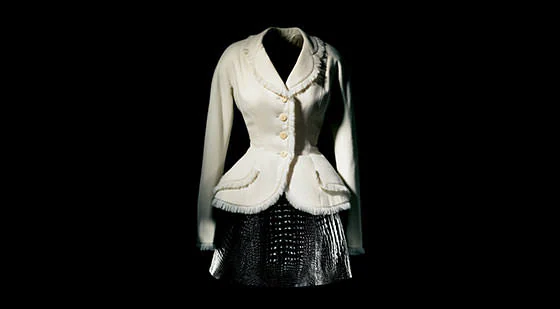
When Christian Dior unveiled his groundbreaking New Look in 1947, little did he know that he was about to ignite a fashion revolution. The impact of the New Look on the world of fashion was nothing short of seismic, forever altering the way women dressed and redefining the concept of style.
The New Look was more than a mere trend; it represented a complete transformation of the female silhouette. In a departure from the boxy, masculine shapes that had dominated fashion during the war years, Dior’s designs celebrated the feminine form with exuberance. The cinched waists and billowing skirts accentuated the curves of women, creating an hourglass figure that exuded grace and sensuality.
This reimagining of femininity struck a chord with women worldwide, who were eager to shed the somber garments of the war era and embrace a newfound sense of joy and liberation. The New Look became a symbol of post-war optimism, a visual expression of the collective desire to leave behind the hardships of the past and embrace a brighter, more glamorous future.
Dior’s vision transcended the realm of fashion, permeating popular culture and sparking a cultural shift. Women embraced the New Look with fervor, reveling in the opportunity to express their individuality and reclaim their femininity. The New Look became synonymous with confidence and elegance, giving women the freedom to embrace their curves and celebrate their bodies.
The influence of the New Look extended far beyond its initial introduction. It redefined the fashion landscape and inspired countless designers to explore new realms of creativity. The impact of Dior’s designs was felt not only in couture houses but also in the realm of ready-to-wear fashion. The hourglass silhouette, once considered radical, became a ubiquitous symbol of femininity, influencing mass-produced clothing and everyday wardrobes.
Dior’s New Look also played a pivotal role in the revitalization of the Parisian fashion industry. The French capital, long regarded as the epicenter of style, regained its status as a global fashion hub, drawing designers, buyers, and fashion enthusiasts from around the world. The New Look became a beacon of French elegance and craftsmanship, solidifying Paris’s reputation as the center of haute couture.
Internationally, the New Look captured the imagination of women who craved a return to glamor and sophistication. Hollywood starlets and socialites alike embraced Dior’s designs, donning his exquisite gowns on red carpets and high-society events. The allure of the New Look transcended borders, cementing Dior’s status as a global fashion powerhouse.
Beyond its immediate impact, the New Look’s influence continued to reverberate through the years. Its legacy can be seen in subsequent fashion movements that celebrate femininity and luxury, paying homage to Dior’s iconic designs. Even today, elements of the New Look can be found on runways and in the collections of contemporary designers, a testament to its enduring relevance and timeless appeal.
Dior’s Expansion and Global Success

Once Christian Dior unleashed the New Look onto the fashion scene, there was no turning back. The impact was seismic, and the House of Dior embarked on a journey of expansion and global success that would solidify its position as a fashion powerhouse.
Dior’s visionary approach extended beyond the realm of couture. Recognizing the need to offer women a complete lifestyle experience, the House introduced new product lines and accessories that further elevated the Dior brand. From handbags and shoes to fragrances and cosmetics, Dior became synonymous with luxury and sophistication in every aspect of a woman’s life.
But it wasn’t just the products themselves that captivated the world; it was the meticulous attention to detail and the uncompromising commitment to quality that set Dior apart. Each piece, whether a couture gown or a lipstick, bore the unmistakable mark of craftsmanship and excellence that became the hallmark of the Dior name.
Collaborations with renowned artists and designers became an integral part of Dior’s expansion strategy. The House joined forces with visionaries from various disciplines, forging alliances that resulted in breathtaking creations. From Salvador Dalí and Marc Bohan to John Galliano and Raf Simons, these collaborations pushed boundaries and injected fresh perspectives into the Dior aesthetic, ensuring that the brand remained at the forefront of innovation and creativity.
Dior’s expansion was not confined to the borders of France. The House set its sights on international markets, strategically establishing flagship stores in key fashion capitals around the world. From Paris and London to New York and Tokyo, Dior’s presence became synonymous with elegance and exclusivity. The flagship stores, meticulously designed to reflect the brand’s aesthetic, became temples of fashion, drawing in discerning clientele who sought the quintessential Dior experience.
Dior’s global success was further bolstered by its association with influential figures and celebrities. From iconic actresses like Marilyn Monroe and Elizabeth Taylor to modern-day style icons such as Charlize Theron and Natalie Portman, Dior’s designs graced red carpets and high-profile events, solidifying its reputation as a go-to brand for the glamorous and the elite.
However, with success comes challenges. After the untimely death of Christian Dior in 1957, the House faced the daunting task of succession. Yet, under the guidance of talented creative directors, Dior not only weathered the storm but continued to flourish. Each new creative director brought their unique perspective and injected their own creative DNA into the House, ensuring that Dior remained at the cutting edge of fashion.
Adapting to changing fashion trends and consumer demands proved to be a crucial aspect of Dior’s ongoing success. The House managed to strike a delicate balance between honoring its storied heritage and embracing contemporary aesthetics. Dior evolved with the times, seamlessly blending classic elegance with modern sensibilities, thereby staying relevant and captivating new generations of fashion enthusiasts.
Of course, no journey is without its share of controversies and challenges. Dior faced its fair share, navigating scandals and maintaining its brand image in a rapidly evolving digital landscape. Yet, with each challenge, Dior emerged stronger, cementing its position as a beacon of fashion excellence.
Challenges and Reinvention
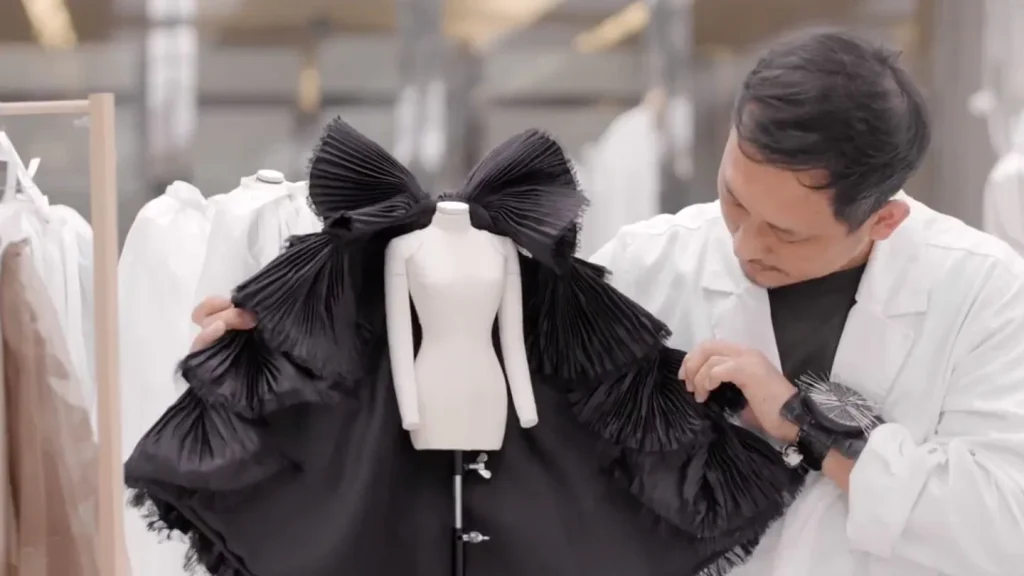
In the world of fashion, adaptability is key to survival. Dior, despite its global success, has faced its fair share of challenges over the years. From the untimely demise of its visionary founder to the need to navigate shifting trends and maintain its brand image, the House of Dior has consistently demonstrated its resilience and ability to reinvent itself.
The passing of Christian Dior in 1957 marked a turning point for the House. The loss of its creative force could have spelled disaster, but Dior’s legacy proved to be far from fleeting. The House found strength in its talented creative directors who stepped up to carry the torch and propel Dior into a new era.
Each creative director brought their unique vision and aesthetic sensibilities to the House, breathing new life into the brand while staying true to its DNA. From the elegant designs of Yves Saint Laurent to the flamboyant theatricality of John Galliano and the modern minimalism of Raf Simons, Dior’s reinventions were met with both anticipation and scrutiny.
Navigating the ever-changing tides of fashion is no easy feat. Dior had to adapt to evolving consumer preferences and societal shifts while staying true to its heritage. The House skillfully balanced tradition and innovation, creating collections that paid homage to Dior’s iconic silhouettes while injecting a fresh perspective into each season.
However, no reinvention comes without its share of controversy. Dior has faced its fair share of scandals and public relations challenges. From controversial statements made by its creative directors to issues of cultural appropriation, the House has had to confront these issues head-on and take steps to ensure that its brand image remains intact.
In the age of social media and instant digital communication, preserving brand reputation has become more crucial than ever. Dior recognized the need to engage with its audience through various channels, embracing technology and harnessing the power of social media to connect with consumers worldwide. By cultivating a strong online presence and forging partnerships with digital influencers, Dior has managed to stay relevant and maintain its position as a global fashion leader.
Dior’s reinvention and ability to overcome challenges are also reflected in its commitment to sustainability and ethical practices. The House has embraced initiatives aimed at reducing its environmental impact and promoting responsible sourcing. From using recycled materials to supporting fair-trade practices, Dior has shown that fashion and sustainability can coexist, setting an example for the industry as a whole.
Looking to the future, Dior continues to evolve and innovate. With each passing season, the House presents collections that captivate the imagination and set trends. Its runway shows are spectacles that blend fashion, art, and entertainment, drawing global attention and setting the tone for the industry.
Dior’s Continued Influence in the Fashion Industry

Over the years, Dior has not only achieved global fashion dominance but has also solidified its position as a true trendsetter and an enduring symbol of elegance and luxury. Its influence in the fashion industry is undeniable, permeating every aspect of design, style, and culture.
One of the key elements of Dior’s continued influence is its ability to marry tradition with innovation. While staying true to its heritage, the House consistently pushes boundaries and sets new standards for creativity. Dior’s designs continue to inspire and captivate, drawing admiration from both industry insiders and fashion enthusiasts alike.
From its iconic Bar jacket, a cornerstone of Dior’s aesthetic, to the exquisite craftsmanship displayed in each couture creation, the House’s commitment to quality and attention to detail are unparalleled. The influence of Dior’s signature elements can be seen in the work of countless designers who have sought to emulate its timeless elegance and sophistication.
Dior’s impact extends beyond the runway. Its collaborations with artists, photographers, and filmmakers have resulted in iconic campaigns and visually stunning exhibitions. Through these partnerships, Dior has elevated fashion to the realm of art, blurring the lines between disciplines and fostering a creative dialogue that continues to shape the cultural landscape.
Furthermore, Dior has maintained its relevance by embracing the digital age. The House has embraced technology as a means of connecting with its audience and engaging with consumers in new and innovative ways. From immersive online experiences to live-streamed fashion shows, Dior has embraced digital platforms to ensure that its influence is felt globally.
Celebrities and influencers play a significant role in amplifying Dior’s influence. The brand’s designs regularly grace red carpets and magazine covers, solidifying its status as a go-to choice for the world’s most stylish individuals. The House’s ability to cultivate relationships with influential figures ensures that Dior remains in the spotlight and continues to shape popular culture.
Beyond its impact on fashion, Dior has also made a difference through its philanthropic efforts. The House actively supports charitable initiatives and social causes, using its platform to raise awareness and effect positive change. By aligning itself with meaningful campaigns, Dior demonstrates that fashion can be a vehicle for empowerment and social responsibility.
Dior’s continued influence in the fashion industry is a testament to its enduring legacy. It represents the harmonious fusion of artistic vision, craftsmanship, and cultural relevance. From its early days, when the New Look captured the world’s imagination, to its current status as a global fashion powerhouse, Dior has consistently pushed boundaries, challenged conventions, and set trends that have shaped the industry.
Dior’s journey from the iconic New Look to global fashion dominance has been nothing short of remarkable. The House has withstood the test of time, weathering challenges, and reinventing itself to remain at the forefront of the industry. Dior’s influence transcends fashion, reaching into art, culture, and society, leaving an indelible mark on the world.
As we reflect on Dior’s continued influence in the fashion industry, one thing becomes clear: the House’s legacy is not just about garments or trends; it is about the transformative power of creativity and self-expression. Dior has consistently championed the idea that fashion is more than just clothing—it is a medium through which individuals can convey their identities, aspirations, and dreams.
From the New Look’s redefinition of femininity to the House’s ongoing commitment to innovation, Dior has embodied the spirit of evolution and adaptation. It has embraced the challenges of a changing world and emerged stronger, continually pushing the boundaries of what is possible in the realm of style and design.
But Dior’s influence extends beyond the realm of fashion. It has become a symbol of resilience, creativity, and the pursuit of beauty. Dior has shown that fashion can be a force for empowerment, a means of self-expression that transcends cultural and societal boundaries.
In an industry that can often seem fickle and fleeting, Dior’s enduring presence serves as a reminder that true artistry and craftsmanship stand the test of time. It reminds us that fashion is not just about what we wear but about how it makes us feel—confident, beautiful, and connected to something greater than ourselves.
As we look toward the future, Dior’s influence will undoubtedly continue to shape the fashion landscape. The House will undoubtedly face new challenges and opportunities, but if history is any indication, Dior will embrace them with the same audacity and grace that have defined it since its inception.
In a world that is constantly changing, Dior remains a beacon of elegance, innovation, and timeless beauty. Its legacy is etched in the hearts of fashion enthusiasts, inspiring generations to come. Dior’s story is a testament to the power of dreams, creativity, and the enduring allure of fashion.

